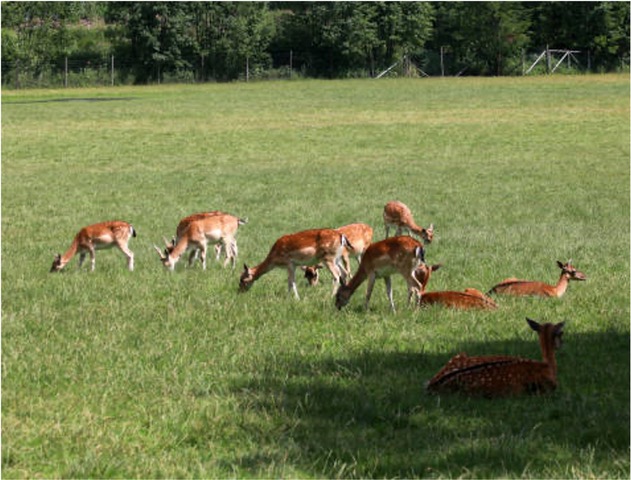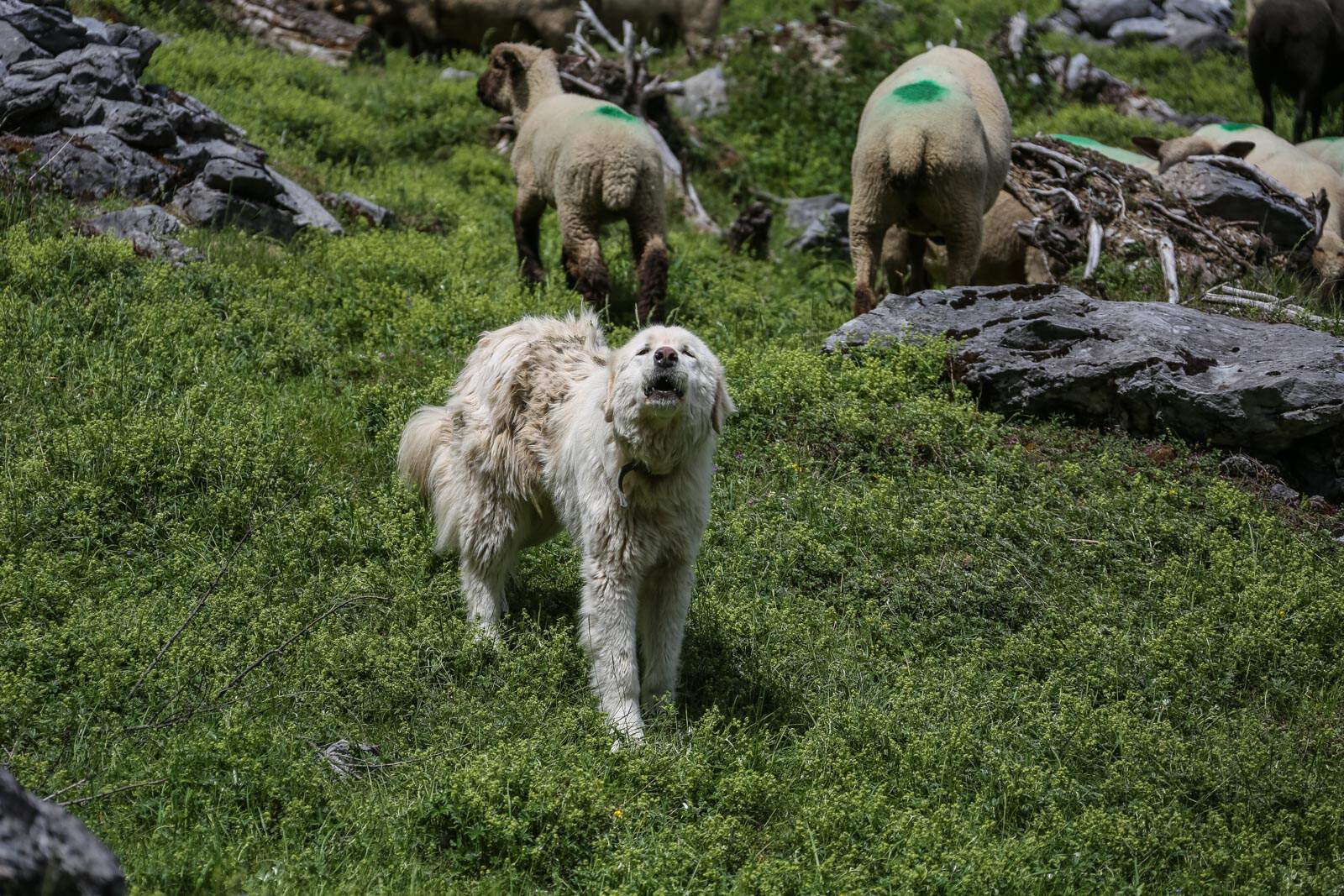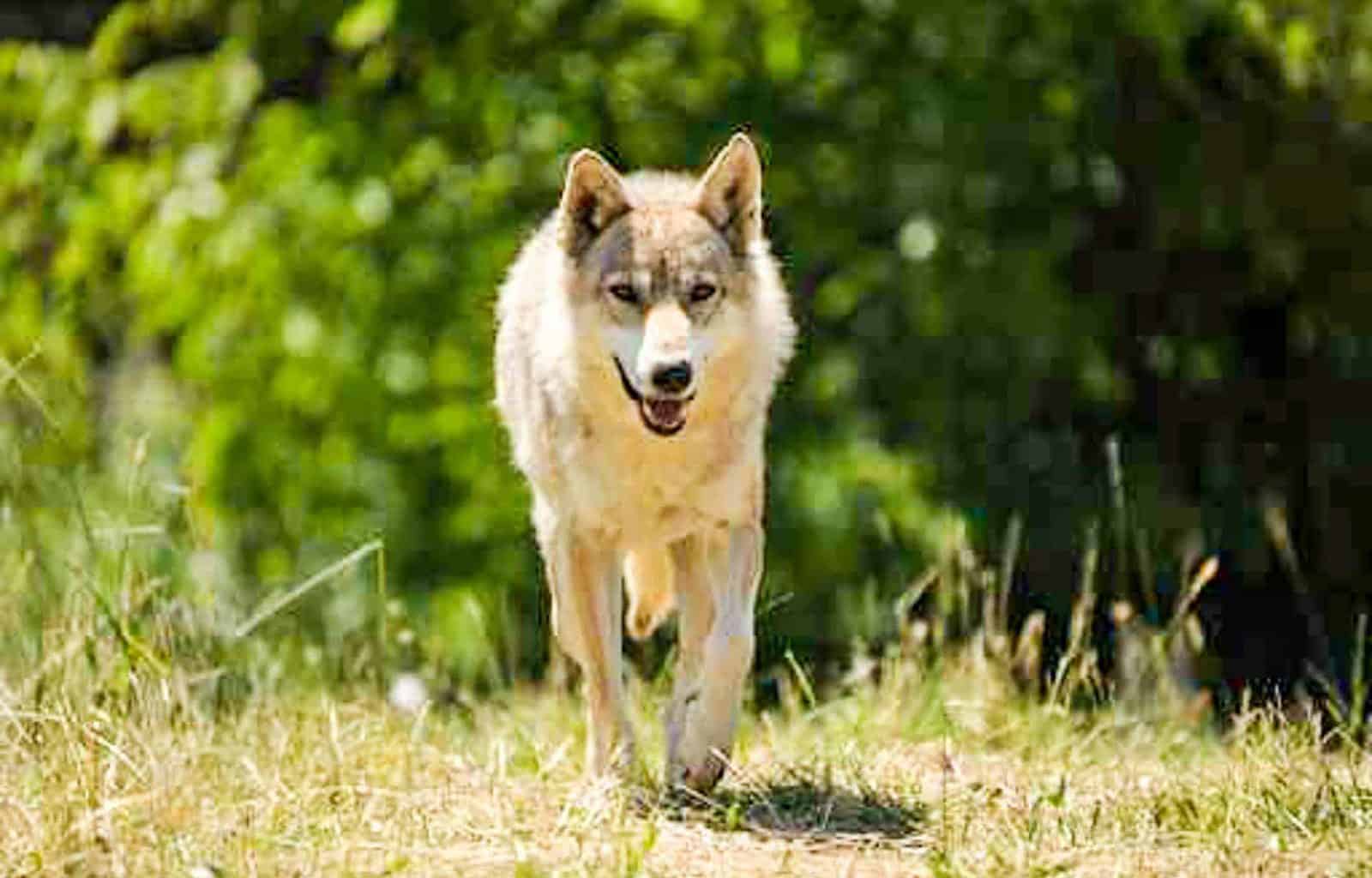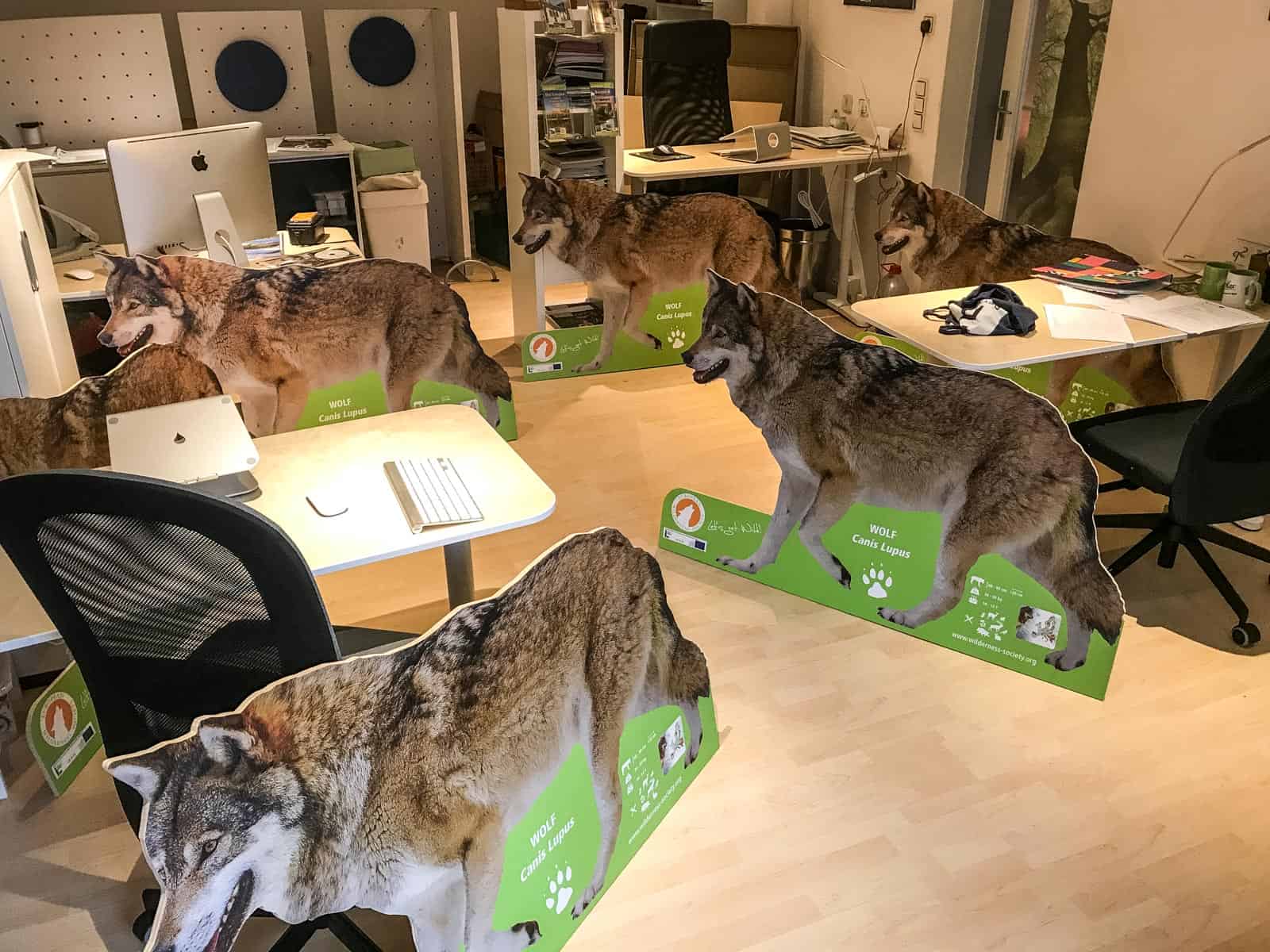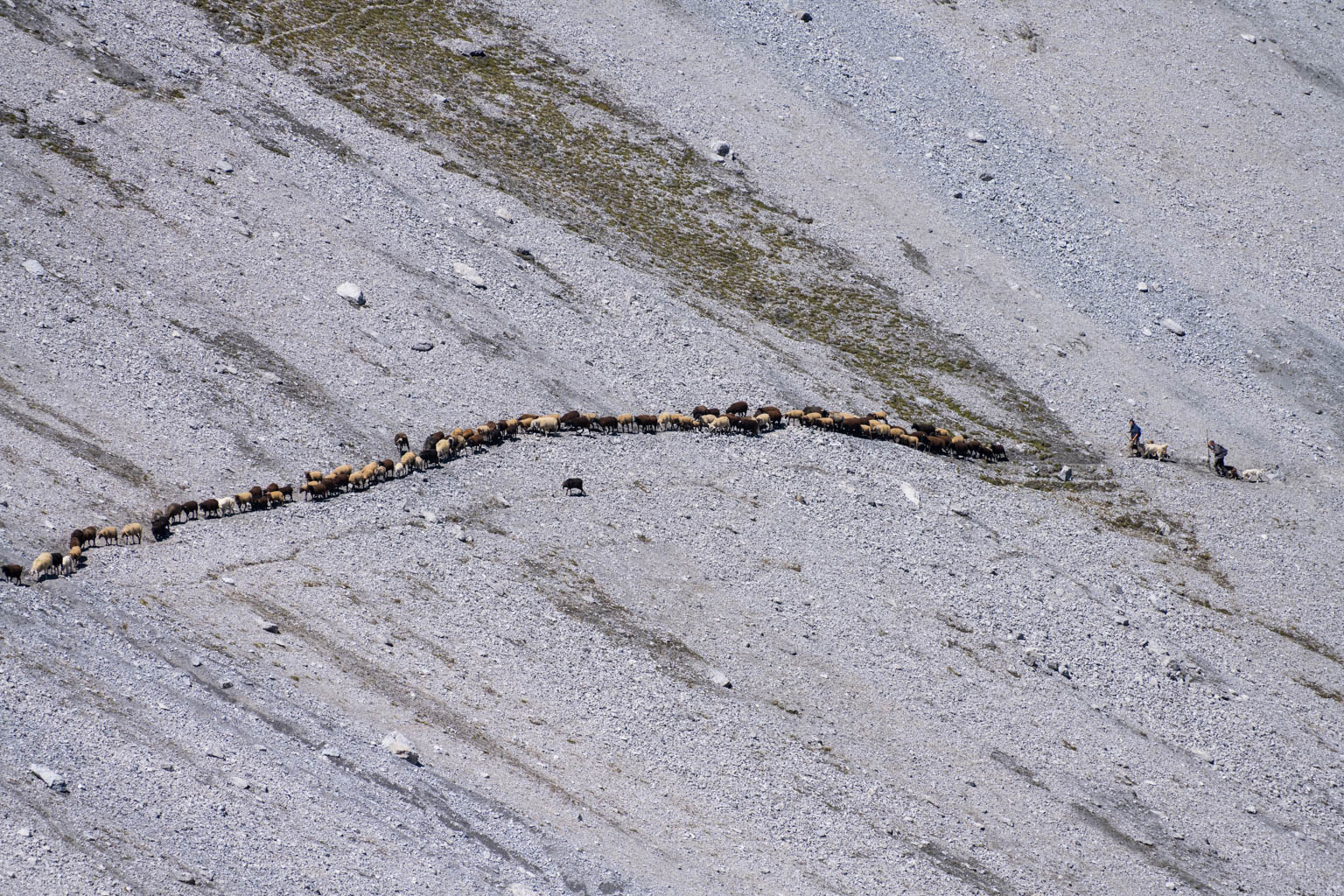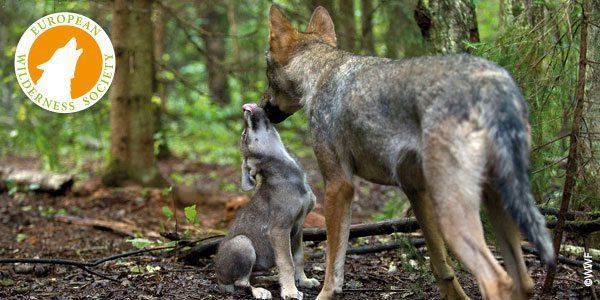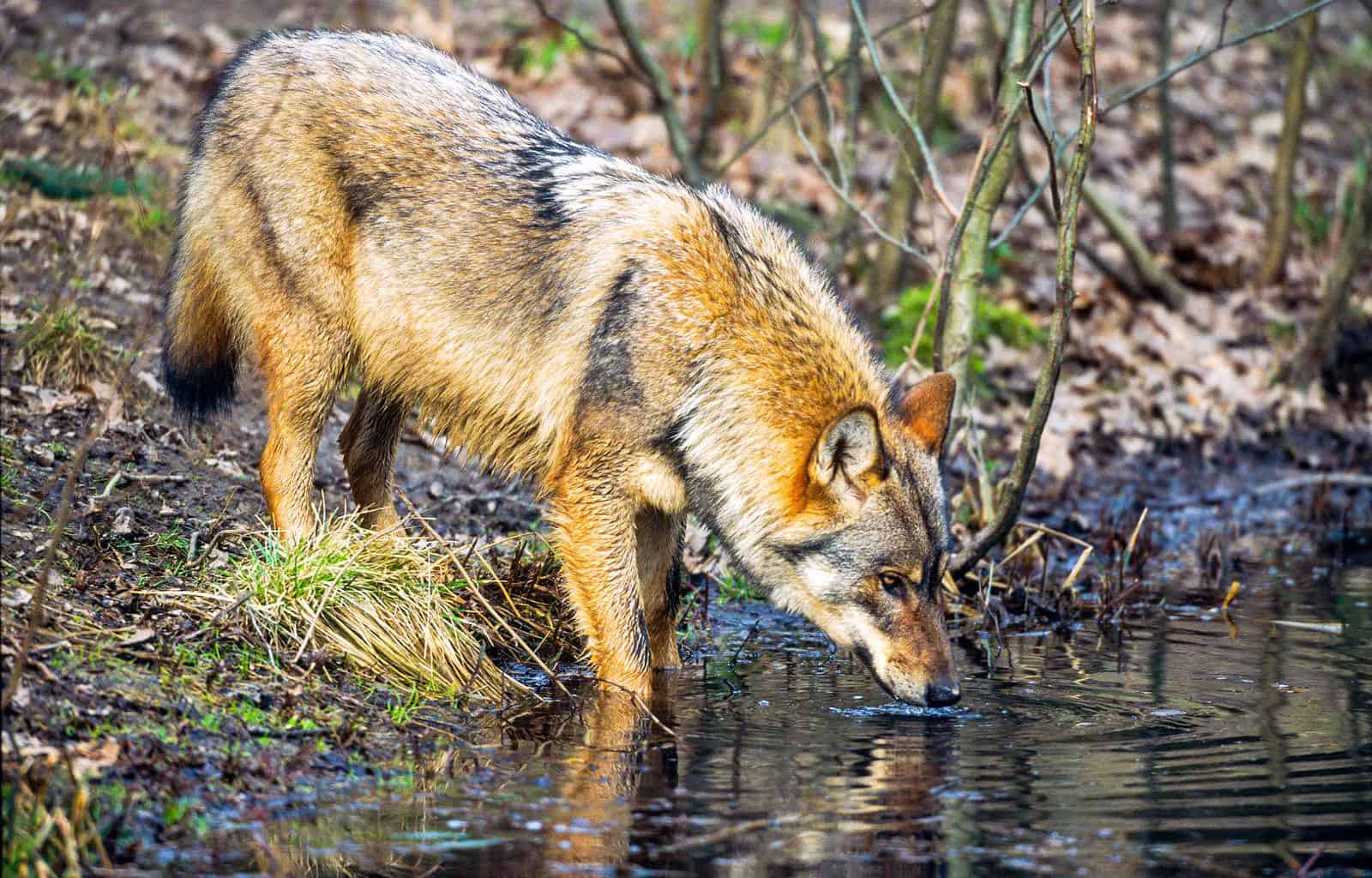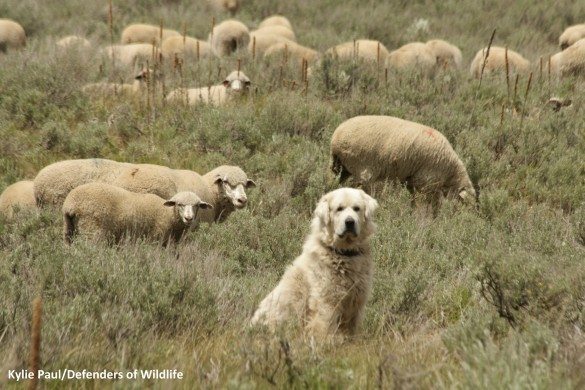Natural vs. man-managed grazing. Part 1
Grazing is a very complex subject discussed already several decades. There are a number of ecological effects derived from grazing and these may be either positive or negative.
What grazing can bring?
Sometimes grazers can have beneficial environmental effects such as improving the soil with nutrient redistribution or increasing biodiversity, controlling shrub growth and dispersing seeds.
In some habitats, appropriate levels of grazing may be effective in restoring or maintaining native grass and herb diversity.
Negative effects of grazing may include overgrazing, increased soil erosion, compaction and degradation of soil, deforestation, biodiversity loss and impact water quality from run-off.
Natural grazing
Specific is conservation grazing when the grazers are used to manage habitats, often to replicate the ecological effects of the native herbivores, now so often absent or extinct.
Natural grazing by the wild native large herbivores is the most dominant use of natural grassland ecosystems since eons. Since then the wild native large herbivores have a big impact on their surroundings. By grazing they change the structure and species composition of their environment.
Natural grazing is the most frequent use of grassland ecosystems. It provides critical ecological and biodiversity benefits. In Central Europe the most important native large herbivores are: red deer, roe deer and wild boar.
In the mountains regions it is chamois and ibex. Important role in a previous centuries played European bison and today extinct auroch and wild horse.
Author and webinar
This information was prepared by our expert Vlado Vancura in the framework of BioDiv project. More information on this topic you can obtain, by listening German-English webinar here.

